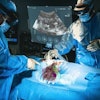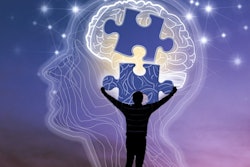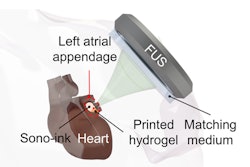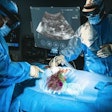Dear Advanced Visualization Insider,
AI algorithms have successfully been used to estimate future cardiovascular risk from an analysis of coronary artery calcium (CAC) on noncontrast-enhanced chest CT exams. But researchers are reporting that there’s more to risk assessment than just CAC scoring.
Their deep-learning model was able to predict cardiovascular mortality beyond CAC and baseline risk factors. How did they do it? Click here for all of the details.
In other news, MRI radiomics can help foretell progression of Alzheimer’s disease, according to a recent study. A machine-learning algorithm that analyzed both radiomics and clinical features yielded strong performance for predicting progression in patients with early Alzheimer’s disease.
What’s more, brain MRI radiomics can help predict poor neurodevelopment in preterm newborns, another study has found.
In 3D printing developments, a team from Harvard Medical School has reported success from using an ultrasonic printing method to create objects from sonically cured inks. Their technique was able to successfully create anatomic structures such as the liver, kidney, and vessel networks.
3D muscle segmentations performed by an MRI deep-learning model have revealed that stronger thigh muscles may lower the odds of total knee replacement surgery in patients with osteoarthritis. And morphological markers from brain MRI brain exams can help diagnose autism in young children.
Follow-up strategies for pulmonary nodules can be better informed by a 3D CT reconstruction technique, according to a recent study. Also, synthetic noncontrast CT angiography images produced by a generative adversarial network could offer value in diagnosing vascular disease.
Is there an advanced visualization story you'd like to see covered? Please feel free to drop me a line.



















